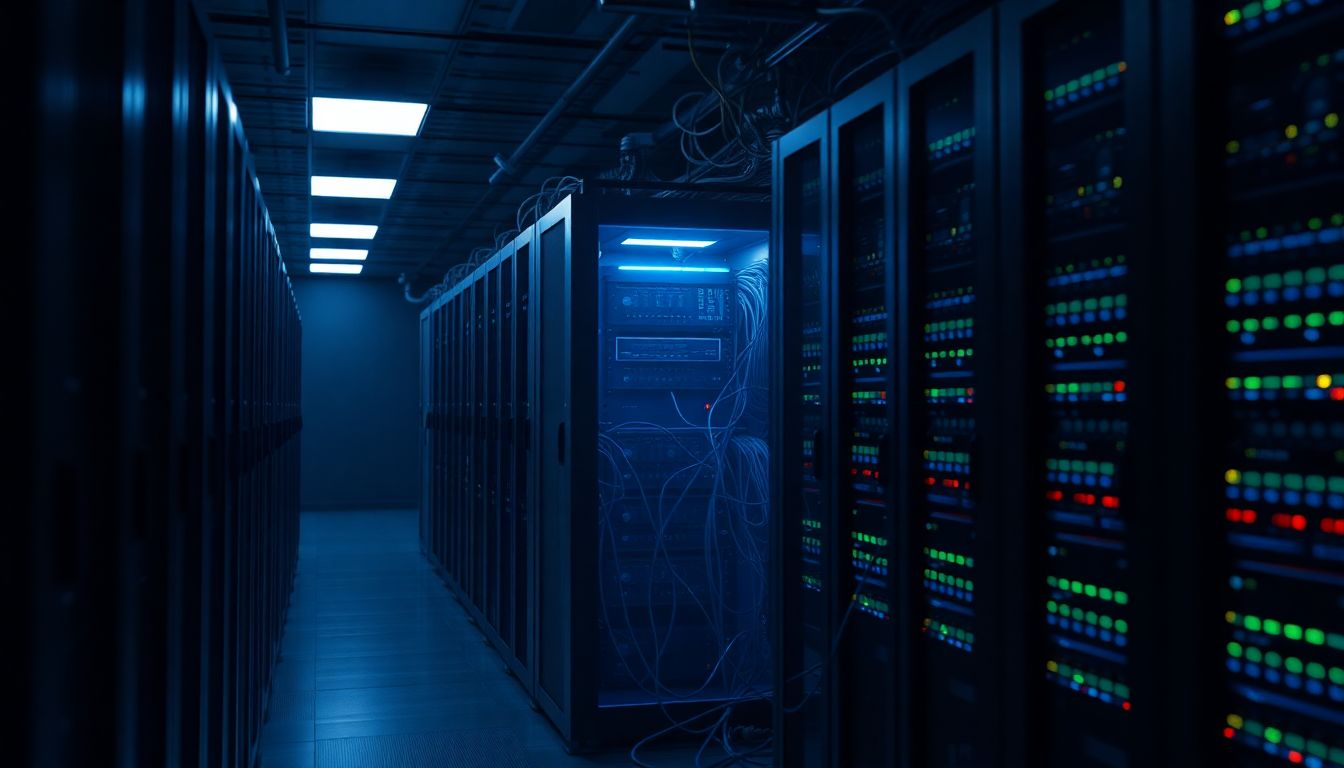

Imagine getting something for free that usually costs money. Sounds great, right? But what if that free thing puts your computer and data at risk? That’s the question when it comes to free RDP servers.
RDP, or Remote Desktop Protocol, lets you control a computer from somewhere else. It’s handy for working from home or accessing powerful computers remotely. Yet, using a free RDP server may not be a smart move. They often come with hidden risks.
Understanding the Allure of Free RDP Servers
Why do people even look for free RDP servers? Several reasons are behind it.
Cost Savings: The Primary Driver
Money talks, especially for individuals or small businesses. Paying for an RDP server can add up. A free option looks attractive as you can save money. This is especially helpful if you’re on a tight budget.
Accessibility and Convenience
RDP offers amazing access. You can work from anywhere with an internet connection. You can use powerful resources, even on a basic laptop. This flexibility is a major draw.
Testing and Experimentation
A free RDP server is useful for testing software. You can experiment with different operating systems. It is a risk-free way to explore new technologies.
The Dark Side: Security Risks of Free RDP Servers
Free RDP servers can be dangerous. They are often not safe to use. Knowing the risks is very important.
Malware Infections and Data Breaches
Free RDP servers often lack good security. This makes them easy targets for malware. Your computer could get infected. Your data might be stolen in a data breach. Shared environments increase this risk.
Unreliable Uptime and Performance
Expect slow speeds. Frequent downtime is normal on free servers. Resources are limited. This causes frustration and lost productivity.
Lack of Support and Accountability
There’s usually no one to help. If something goes wrong, you’re on your own. Providers don’t take responsibility for problems. This is a major disadvantage.
Data Harvesting and Privacy Concerns
Some free RDP providers are sneaky. They might collect your data. They may sell it to other companies. Your privacy is at risk.
How Free RDP Servers Become Security Nightmares
How do these risks happen? What makes free RDP servers so vulnerable?
Weak or Non-Existent Security Protocols
Free RDP servers often use old software. Passwords might be weak. Firewalls may be missing. This makes it easy for hackers to break in.
Shared Infrastructure and Resource Contention
Free servers often share resources. This increases the risk of contamination. If one user gets a virus, others could too. Resources also become limited.
Untrustworthy Providers and Hidden Agendas
Verifying providers is hard. Some might have bad intentions. They could be trying to steal your data. They could use your server for bad things.
Red Flags: Identifying Unsafe Free RDP Servers
How can you spot a risky free RDP server? Look for these red flags.
Vague Terms of Service and Privacy Policies
Read the fine print carefully. Watch out for unclear language. Vague terms hide dangers.
Lack of Transparency and Contact Information
Is it easy to contact the provider? Can you find their address and phone number? If not, be careful.
Overly Generous Offers and Limited Restrictions
Does the offer seem too good? Unlimited resources sound tempting. However, it might be a trick.
Safer Alternatives to Free RDP Servers
Are there safer ways to access a remote desktop? Yes, there are many options.
Paid RDP Services from Reputable Providers
Paying for a good RDP service is worth it. You get better security. You’ll have faster speeds, and receive customer support.
Self-Hosted RDP Servers
You can set up your own RDP server. This requires some technical knowledge. You control the security and resources.
VPNs and Secure Remote Access Solutions
VPNs add extra security. They encrypt your data. Look into other secure remote access tools too.
Conclusion
Free RDP servers come with big risks. Malware, data breaches, and unreliable service are common. It’s better to pay for security and reliability. Choose reputable alternatives to protect your data.


Leave a Reply